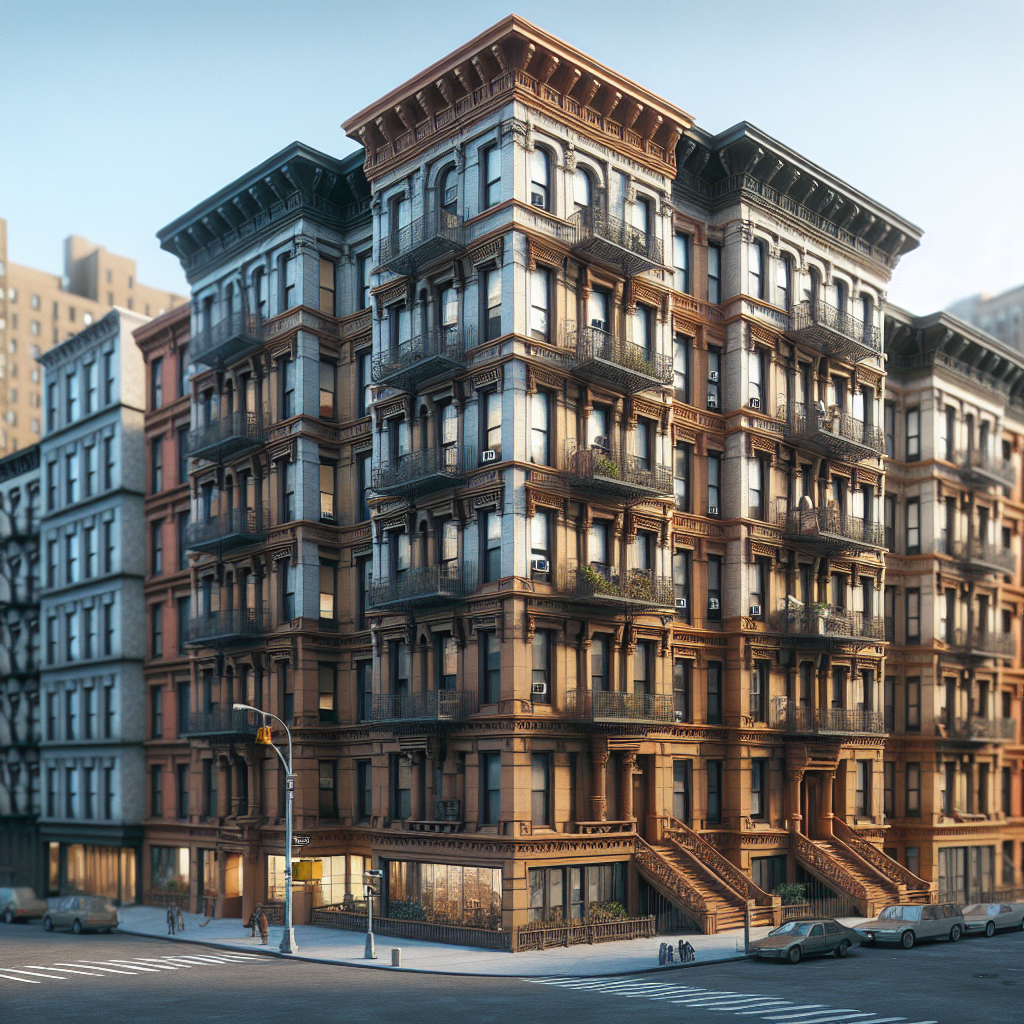If walls could talk, the beloved Dunbar Apartments would narrate countless tales of community resilience, architectural innovation, and historical significance! Located in the heart of Harlem, New York City, the Dunbar Apartments have been a cornerstone of affordable housing since their inception in 1928. Designed by architect Andrew J. Thomas and financed by the African-American entrepreneur John D. Rockefeller Jr., these buildings were aimed at providing dignified housing for African-American families during a time rife with racial inequalities.
Dunbar Apartments aren’t just bricks and mortar; they represent a fascinating slice of Harlem's vibrant history and stand as a testament to progressive housing ideals. Imagine stepping back in time to the Harlem Renaissance, an era of flourishing artistic expression and cultural fusion, with the Dunbar Apartments as a proud backdrop.
Architectural Marvel
The Dunbar Apartments were groundbreaking in their approach. Named after the famed African-American poet Paul Laurence Dunbar, they consist of six buildings that form a lush, green courtyard—a rarity in urban architecture at the time. With 511 units spread across these buildings, the apartments were among the first large-scale housing developments in Harlem that prioritized community living and tenant interaction.
Architect Andrew J. Thomas was known for integrating features that enhanced community life. He designed Dunbar with early concepts of sustainability, incorporating cross-ventilation and a centralized steam heating system to improve living conditions dramatically. Furthermore, the buildings were flush with light and air, emphasizing spaciousness in an era when many New Yorkers were cramped into tight quarters.
A Social Experiment
The creation of Dunbar Apartments was not just about architecture; it was a social experiment aimed at redefining urban living for African-Americans. In the roaring twenties, before laws and civil rights movements made substantial strides toward equality, providing quality housing for African-Americans was a pioneering step. John D. Rockefeller Jr., along with the prominent philanthropist and banker August Heckscher, envisioned a self-sustaining community where African-American families could live with dignity and pride.
This vision materialized with Dunbar Apartments offering a sense of ownership and responsibility previously unattainable for many. The residents were not only part of a housing project but a community steeped in cultural richness and mutual support. Many of its early residents were notable Harlem Renaissance figures, including W.E.B. Du Bois and artist Aaron Douglas, lending the Dunbar an air of intellectual and cultural importance.
Cultural Importance
What makes Dunbar particularly interesting is its deep connection with the African-American cultural evolution. During the Harlem Renaissance, the area was a thriving hub for artists, musicians, and intellectuals. The courtyard became a place where community members gathered, exchanged ideas, and celebrated the joys and struggles of life.
Over the years, the legacy of the Dunbar Apartments has risen and occasionally faltered with the economic and social tides of Harlem. Despite its ups and downs, the Dunbar has maintained its essential character. It has recently undergone significant renovations and modernization efforts to restore its original grandeur while updating its facilities to meet contemporary living standards.
The Dunbar Today
In the present day, the Dunbar Apartments shine as a revitalized community living space, closely adhering to the principles upon which they were built. The modern iteration honors its historical context, providing affordable housing options while fostering a strong community ethos. Innovative programs and initiatives continue to engage residents, promoting sustainable living and cultural education.
Rapid developments and gentrification in Harlem could have displaced the significance of the Dunbar Apartments, yet they stand firm as a symbol of what inclusive housing can and should look like. They remind us of the importance of community-centric urban planning and preserving the cultural fabric of neighborhoods.
A Legacy of Hope
The Dunbar Apartments serve as a heartening emblem for affordable housing advocates and community builders worldwide. They underscore the potential impacts of empathetic town planning and investment in historically underserved communities.
For those who study architecture, urban planning, or history, the Dunbar Apartments are a rich subject, offering insights into social reform, cultural resilience, and architectural accomplishments. These aspects form a tapestry as vibrant as the Harlem community itself, offering hope and vision for future housing projects.
In sum, the Dunbar Apartments encapsulate a microcosm of societal progress, illustrating how well-thought-out housing initiatives can positively impact communities over the decades. Their story continues to inspire, echoing the rhythms of Harlem's streets and the enduring spirit of its residents.

